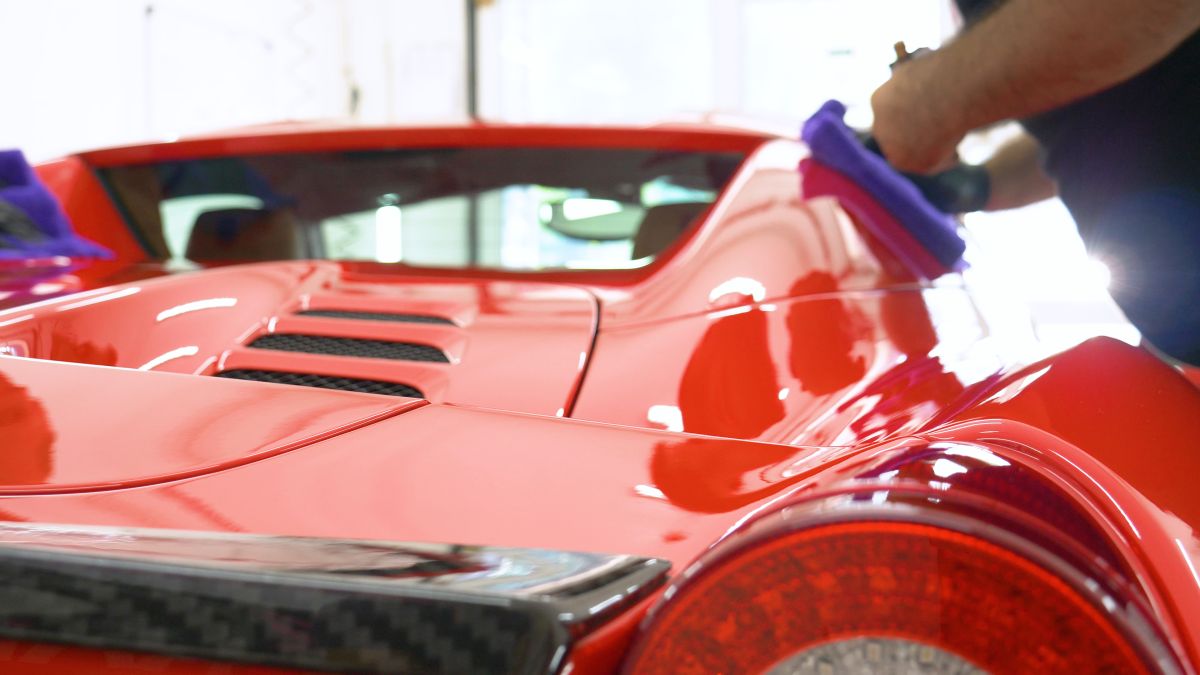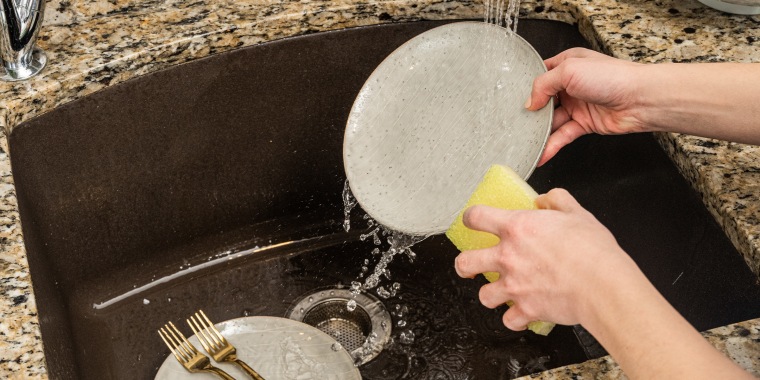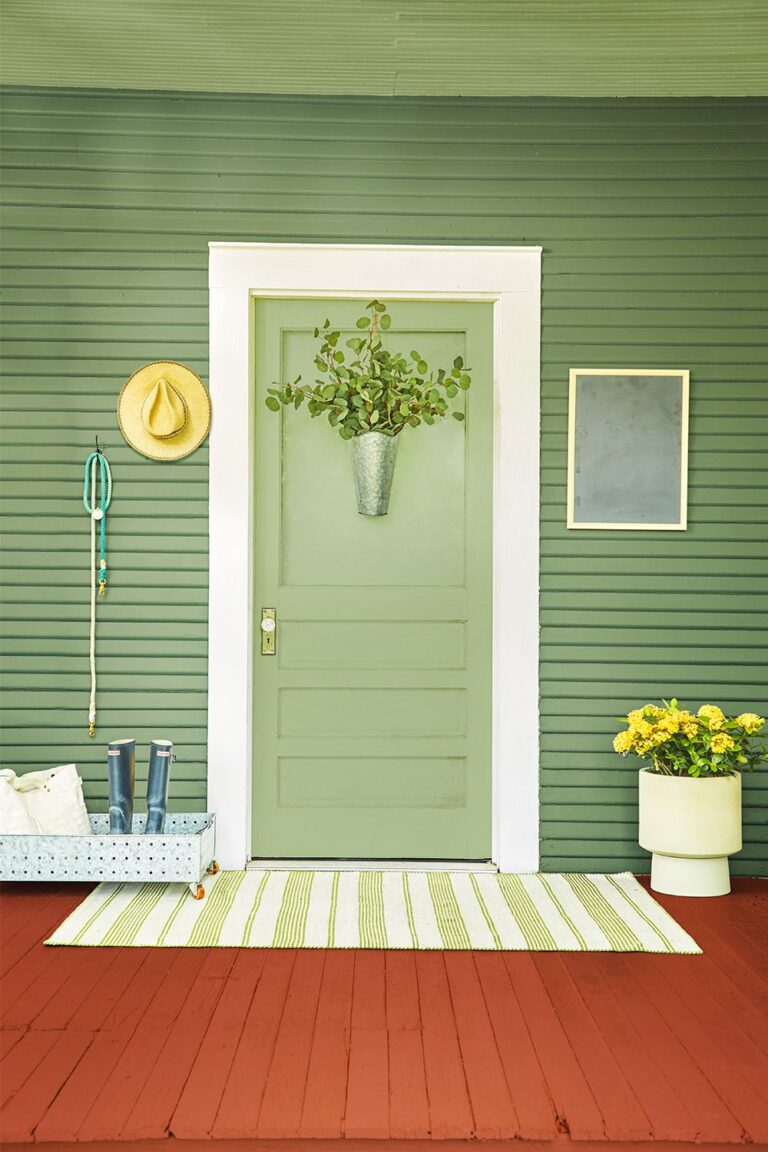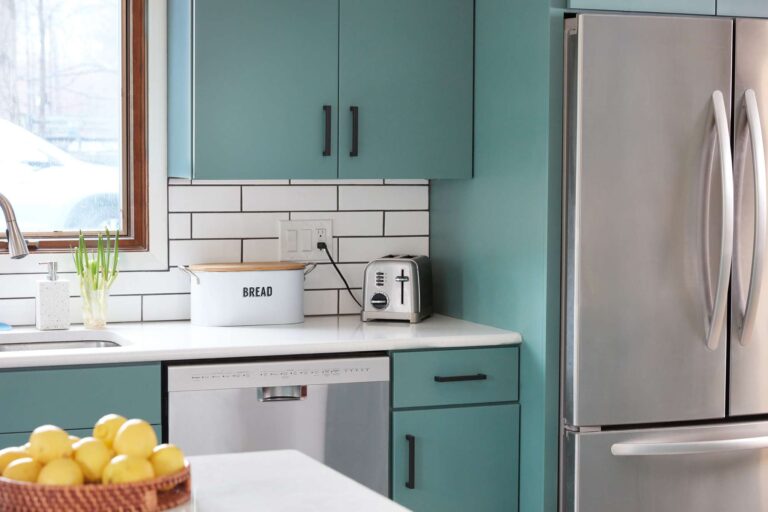What Makes A Good Paint Job?
A good paint job is one of the most important aspects when it comes to giving your home or car a fresh and clean look. It’s important to use quality paints, tools, and techniques to ensure that the job is done right. A good paint job should be done with attention to detail, using the right materials and techniques. It should also be done with an understanding of the surfaces being painted, such as their texture, porosity, and other characteristics. Preparing the surfaces and using the right tools and techniques can help create a smooth, even, and long-lasting finish. The result should be a paint job that looks great and stands the test of time.
Preparing for the Paint Job
A good paint job starts with proper preparation. The key to any successful painting project is making sure the surface is ready for the painting. Proper surface preparation includes cleaning, sanding, priming, and repairing any damage. Cleaning the surface will help the paint adhere properly and remove any dirt, dust, or debris that could interfere with the paint job. Sanding the surface is important as it will help create a smooth finish for the paint to adhere to. Priming is also necessary to ensure the paint is properly sealed and will not flake or peel off. Finally, any damage to the surface should be repaired before painting. Filling in any cracks or holes will help create a smooth finish and make the paint job look professional. Taking the time to properly prepare the surface will go a long way in ensuring a perfect paint job.
Choosing the Right Paint
When it comes to a good paint job, selecting the right paint is just as important as the skill of the painter. There are a variety of options to choose from, and each has its unique advantages and disadvantages. From the type of paint to the finish, understanding the differences between paints can help ensure you get the best results.
Latex paints are a popular choice and offer several benefits. They are easy to clean up, can be tinted to any color, and have a low odor. They are also highly durable and can be used both indoors and outdoors. However, they are not as resistant to fading as other types of paint, so it is important to select a paint with a high UV-resistance rating if you plan to use it in an area exposed to direct sunlight.
Oil-based paints are another option and offer a more durable finish. They are more resistant to fading and water damage and are ideal for areas that face harsh weather conditions. However, they are more difficult to clean and have a strong odor. In addition, they take longer to dry and require a primer before application.
When selecting a paint, be sure to consider the intended use and budget. Latex paints are often more affordable and easier to use, but oil-based paints are more durable and offer a more long-lasting finish. Both types of paint come in a variety of finishes, so consider the look you want to achieve before making a decision.
Prepping the Surface
Paint jobs can make or break the look of a home or vehicle. But what makes a good paint job? Prepping the surface is one of the most important steps of a good paint job. Preparing the surface for paint requires cleaning and sanding. This ensures the paint adheres properly and the final result is smooth and even. Additionally, it is important to fill any cracks or chips in the surface before applying paint to achieve a professional finish. Lastly, it is important to apply a primer before painting to ensure the paint color is vibrant and long-lasting. Preparing the surface for paint is essential for a good paint job as it creates a solid base for the paint to adhere to and provides a more professional finish.
Applying the Paint
Applying paint to a surface is the final step in a good paint job. It requires skill, precision, and patience. While it may seem like an easy task, there is more to it than meets the eye. To ensure a smooth and even finish, it is important to choose the right paint, prepare the surface, and use the right tools.
When it comes to choosing the right paint, it is important to consider the type of surface being painted. Different paints are designed for different surfaces, so it is important to select the one that is best suited for the job.
The surface should also be properly prepared before applying the paint. Cleaning the surface to remove dirt and debris is essential for a successful paint job. Sanding and priming the surface will help to create a smooth and even finish.
Using the right tools for the job is also essential. Brushes, rollers, and sprayers can all be used to apply paint, depending on the size and shape of the surface. It is important to choose the right tool for the job and practice using it beforehand.
Having the right tools and taking the time to properly prepare the surface are key to a successful paint job. Taking the time to select the right paint, prepare the surface, and use the right tools is essential for a good paint job. Doing so will ensure a smooth and even finish that will last for years to come.

Finishing Touches
Having a good paint job is about more than the quality of the paint itself. It requires a level of attention to detail that goes beyond just the application of paint. Finishing touches can make a huge difference to the overall look and feel of a room. This includes making sure that all the edges are neat, making sure that the paint is applied evenly and in the right direction, and taking the time to add the details that can make a paint job stand out. These details can include adding trim, crown molding, and other decorative elements. Taking the time to get the finishing touches right can make all the difference in the overall quality of the paint job.
Clean-Up Process
A quality paint job is not just about the application of paint; the clean-up process is also a critical part of ensuring a professional-looking finish. It requires the painter to de-gloss, sand, and prime the surface before painting. The clean-up process also includes the removal of dirt, dust, and debris from the surface. This ensures that the new paint adheres to the surface properly and will not chip, peel, or crack. Additionally, the painter must also mask off the areas that are not to be painted, such as windows, doors, and trim. By completing a thorough clean-up process, the painter can ensure that the paint job will be of the highest quality.
Common Paint Job Mistakes
When it comes to a good paint job, there are some common mistakes to avoid. These mistakes are often the result of not understanding the best techniques for painting, not using the right tools, or not properly preparing the surface. To ensure a high-quality job, it is important to understand and address the common mistakes made when painting.
The first mistake to avoid is not sanding the surface before painting. Sanding removes any dirt or debris that can affect the quality of the paint job. Without sanding, the paint will not adhere properly to the surface and can cause bubbling, cracking, and uneven coverage.
Another mistake is not using the appropriate primers and sealers. Primers and sealers help the paint adhere better to the surface and create a more durable finish. Without the right primer and sealer, the paint may fade, chip, or peel in the future.
The third mistake is not using the correct brushes, rollers, and other tools. Using the wrong type of brush or roller can cause streaks and can lead to an uneven finish. It is important to select the right brush and roller for the type of paint and surface being painted.
Finally, not allowing enough drying time between coats can cause the paint to become tacky and can lead to problems with adhesion. To ensure a high-quality paint job, it is important to follow the manufacturer’s instructions for drying times between coats.
By taking the time to understand and address common paint job mistakes, it is possible to achieve a good quality finish. Avoiding these mistakes will result in a job that will last for many years.
Cost of a Professional Paint Job
When it comes to getting a quality paint job, cost is usually a major factor. It can be intimidating to consider the amount of money that will be needed to buy the materials and pay for the labor involved in a professional paint job. It is important to bear in mind, however, that a professional paint job can create a huge difference in the appearance and value of a home or other property. The cost of a professional paint job can depend on factors such as size, complexity, and the quality of paint used. Additionally, the cost can vary based on the geographic region of the property, and the availability of local painters and contractors. To get a good idea of the cost, it is best to get quotes from several companies.
In general, a good quality paint job can cost anywhere from $1.50 to $3 per square foot, depending on the factors mentioned above. That means a typical room of about 200 square feet will cost between $300 and $600 for a professional paint job. It is important to note that this cost does not include the cost of materials, such as primer, paint, tape, and brushes. It is also important to consider the cost of labor when deciding for hiring a professional painter. Professional painters typically charge between $20 and $50 per hour for their services.
Ultimately, the cost of a professional paint job is an important factor to consider when deciding whether or not to hire a professional. While the cost can be intimidating, it is important to remember that a professional paint job can make a huge difference in the appearance and value of a property. Getting quotes from several companies is the best way to get an accurate estimate of the cost of a professional paint job.
FAQs About the What Makes A Good Paint Job?
1. What type of paint should I use for a good paint job?
Answer: It is recommended to use a high-quality, latex-based paint for a good paint job. Be sure to check the label for the paint’s durability, coverage, and finish.
2. What steps should I take to prepare a surface for painting?
Answer: Before painting, you should clean the surface to be painted, fill any holes and cracks, sand any rough spots, and prime the surface.
3. How long should I wait before applying a second coat of paint?
Answer: Generally, you should wait at least 4 hours before applying a second coat of paint. However, be sure to check the paint can for specific instructions.
Conclusion
A good paint job requires careful planning and preparation to ensure that the paint will be applied properly and will last for many years. It also requires using quality materials, tools, and techniques. The key to a successful paint job is to take the time to do it right. If you do, you will have a paint job that is both aesthetically pleasing and long-lasting.






